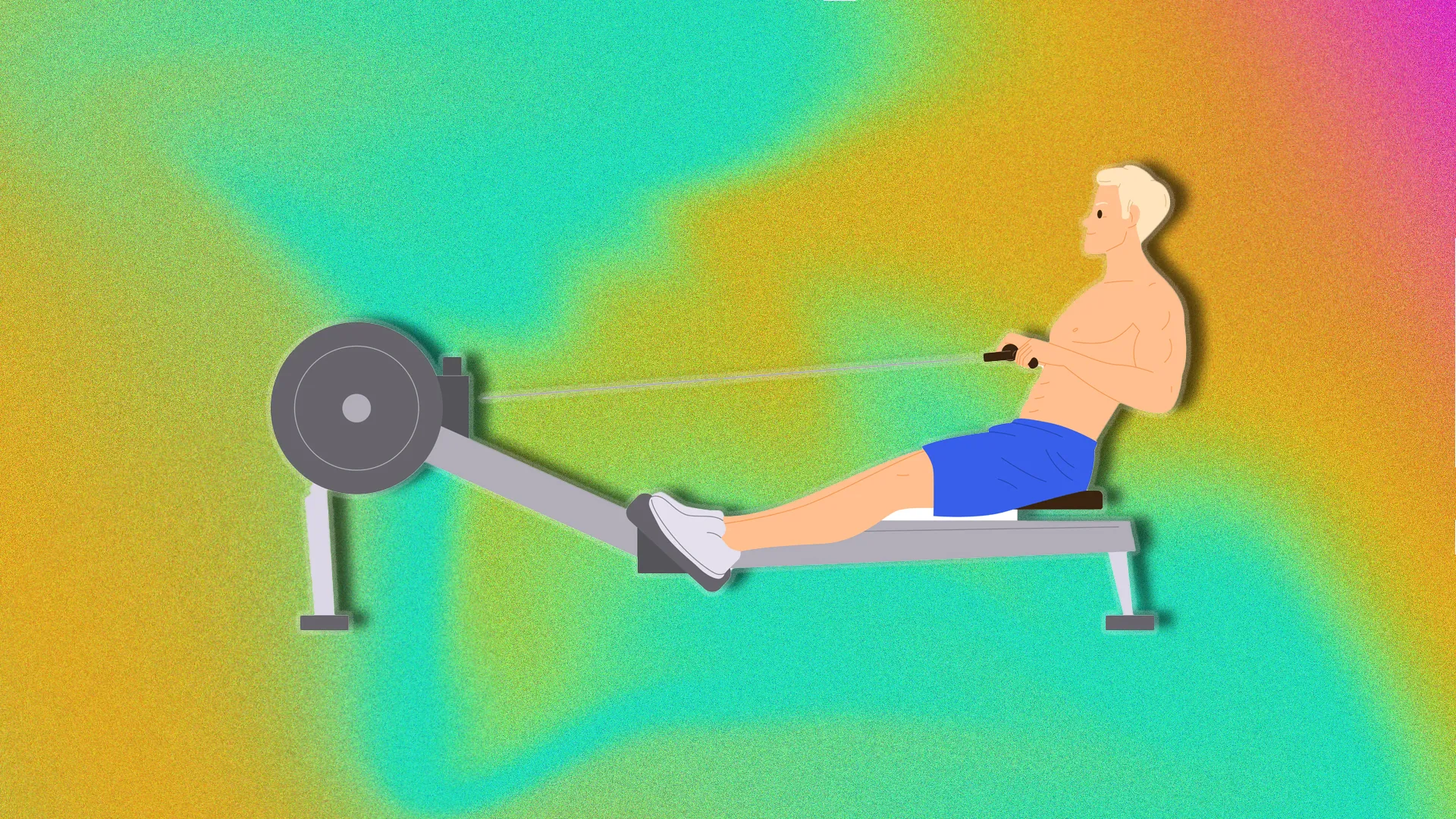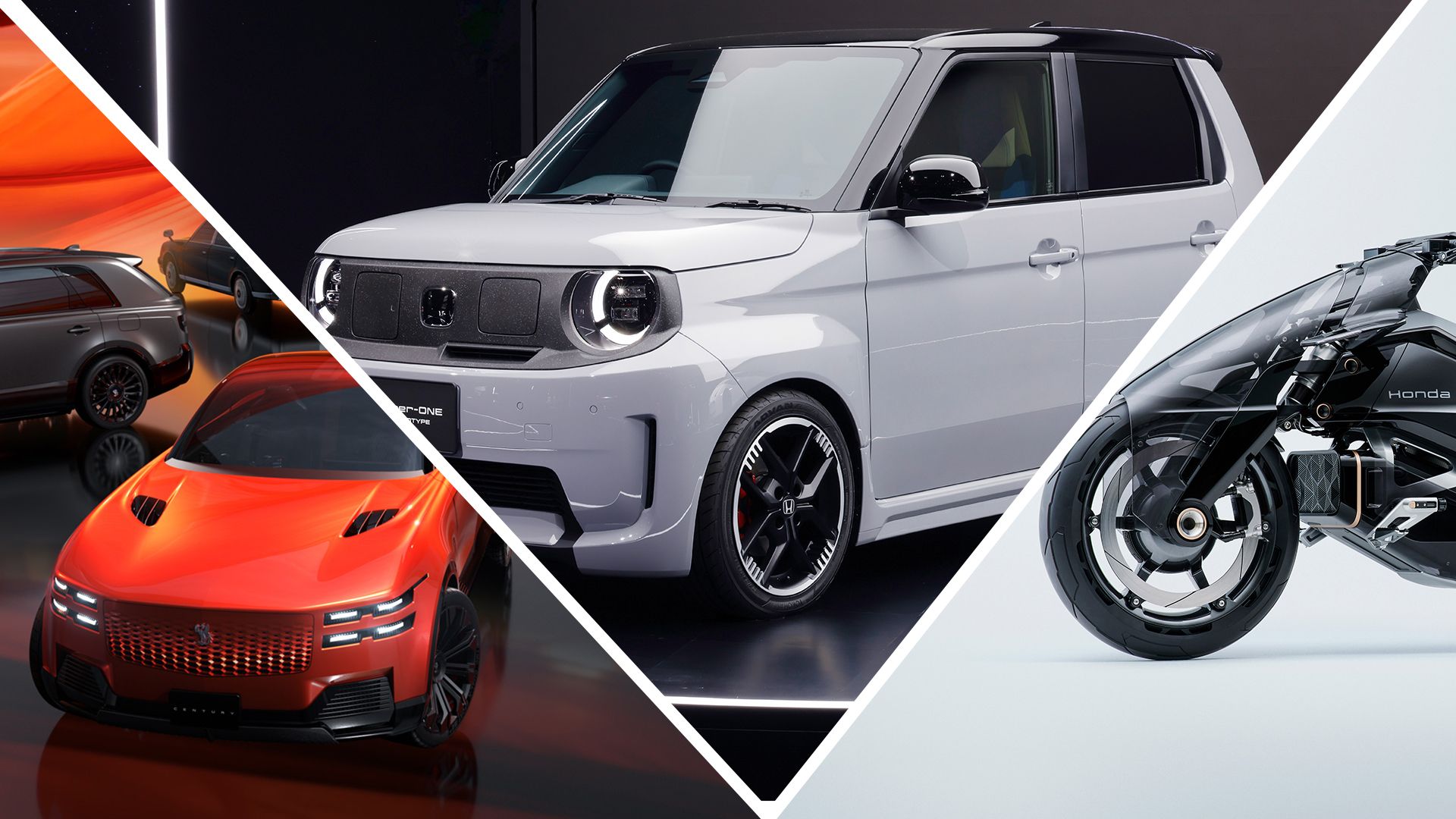Copyright gq

The humble row machine can often be overlooked, gathering dust in the corner of the gym. But, with its inclusion in fitness races like HYROX, it’s making a bit of a comeback. That's because the rower can supercharge your cardio routine. Below, we break down rowing machine benefits: What Are a Rowing Machine’s Benefits? Like most intense cardio workouts, the rower is an absolute beast when it comes to boosting your VO₂ max , the efficiency with which your heart is able to pump oxygen to your muscles during exercise. Rowing makes multiple big muscles (legs, hips, core, back, and arms) work all at once, so your heart and lungs need to pump a lot of oxygen-rich blood every stroke,” explains fitness warrior and Tactical Athlete Farren Morgan. In one eight-week study from 2021, beginners rowed three times a week (two steady 30-minute rows and one high-intensity interval session) with their VO₂ max rising about 10 percent. “Because the rower can load the entire body very quickly, it pushes fitness to the limit,” says Morgan. In another study from 1995, elite athletes reached the same peak VO₂ on both a rowing machine and a bike, proving the rower can take the heart-and-lung system right to its ceiling. “The rower allows you to work at very high intensities, one of the main reasons being that you aren’t restricted by your physical body weight like with running,” says Cameron Harris, managing director at Truth Fitness. Harris gives the example of a person 22 pounds overweight going for a run. It's likely that the pounding through the knees will cause the runner to tap out before their lungs go. Not so with the rower. “In this example, the runner’s heart, lungs and VO₂ max haven’t been positively impacted as they haven't been taken to their maximum capacity, but rowing allows us to get our heart rate up to 92 percent plus of max, and hold it there for much longer. This is when VO₂ max increases.” What Muscles Does Rowing Help Build? Rowing is an all-rounder. An electromyography study from 2023 recorded the activity of athletes's individual muscles while they were rowing, finding that the activity engages 80–85 percent of the body’s main muscles—far more than treadmill running, or using the cross trainer. As Morgan explains, your quadriceps and glutes push while hamstrings steady the knees while the erector spinae and abs keep the back tight. Your lats, rhomboids, rear deltoids, and biceps all come into action when pulling on the handle, and the trapezius, rotator-cuff, and fore-arm muscles keep the shoulders and grip stable. Meanwhile, the hip-flexors and the front-shin muscle (tibialis anterior) pull the seat forward and set up the next drive. “Researchers note that weak glutes or hamstrings can shift strain to the lower back,” Morgan adds. “This is why many rowing programs add extra strength work to prevent overload and injury.” The Best Ways to Protect Your Hips and Knees While Rowing “When done with proper technique, rowing is very joint-friendly,” says Aaron McCulloch, director at YOUR Personal Training. In fact, a 12-week 2022 study of adults who had mild knee osteoarthritis found that guided rowing cut knee pain, strengthened the thigh muscles, and helped subjects stand from a chair faster. Every stroke finishes with full hip extension, so the glute muscles and small deep rotators get stronger. Those muscles support the front of the hip joint during everyday walking and stair climbing. The trouble is, few of us have good technique. “Poor technique (like hunching, flaring knees or collapsing at the catch) can cause discomfort or lead to injury over time,” says McCulloch. “Doing thousands of very deep strokes (e.g., knees right up to the chest) can rub the edge of the hip joint (the Labrum) and raise the risk of tears,” agrees Morgan. Morgan’s simple ways to keep knees and hips happy include: Progress slowly. “Sports doctors advise an increase in weekly distance or stroke rate by no more than 10 percent so bones, cartilage, and tendons have time to adapt.” Follow the stroke order. “Think ‘legs → body → arms’ on the push and the reverse on the way back. This timing keeps the force shared evenly and protects the kneecap tendon.” Stretch the front of the hips. “Two quick hip-flexor stretches after long rows, plus extra hamstring, or glute strength work, unload the knees and the front of the hips.” How Rowing Machine Benefits Compare to Other Cardio Machine Benefits Done right the rower is fantastic for your fitness. But does that mean you should sideline other forms of cardio? “Each machine has its purpose,” says McCulloch, “but if you’re looking for full-body engagement and overall conditioning, the rower stands out. The SkiErg targets the upper body and core but doesn’t involve the legs as much. The elliptical is great for low impact movement but doesn’t demand the same level of muscular effort or intensity.” “Lab tests give rowing very strong marks,” says Morgan. One 2021 study, in the Journal of Sports and Science Medicine, worked volunteers to exhaustion on a treadmill, an elliptical trainer, and a Concept 2 Row Erg and found that the rower matched the treadmill for peak oxygen uptake (VO₂ max) while beating out the elliptical. The added benefit is that the treadmill only works your legs while the rower is a whole body exercise. A Simple Rowing Workout Whether you’re new to the rower or looking to mix up your workouts, Morgan’s routines are guaranteed to get the blood pumping. 2km time trial “Warm up for 10 minutes with three 20-stroke bursts. Rest one minute, then row 2,000m at an even pace. Jot down your average 500m split and stroke rate. Retest every six weeks to see fitness gains.” Row-and-lift circuit (strength + cardio) “Complete five rounds of 400m rowing at a strong but sustainable pace, then hop off the machine straight into ten kettlebell deadlifts, and eight strict push-ups,” says Morgan. “Rest 60 seconds between rounds. Swapping between rowing (a pull-heavy move) and two strength lifts balances leg, hip, and back load.” This story originally appeared in British GQ.



